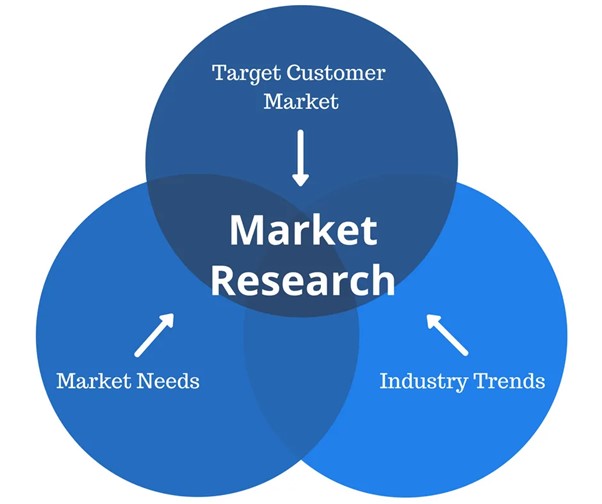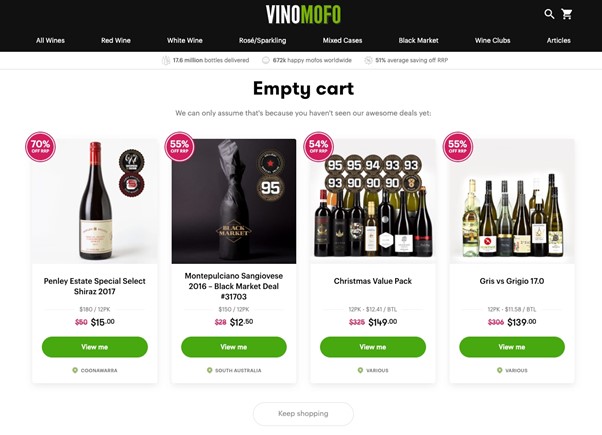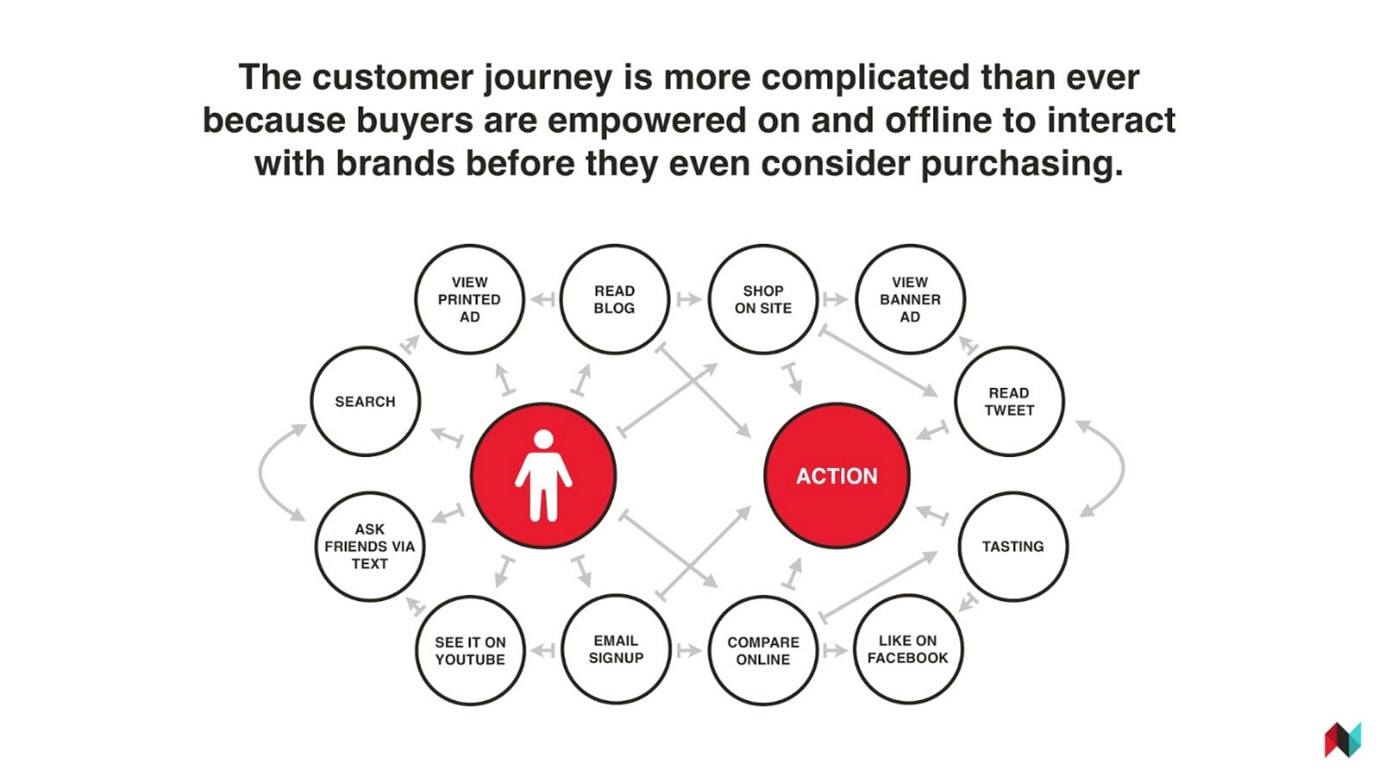Top 5 Elements to Consider When Starting an E-commerce in 2021
Running an e-commerce business is innately challenging. There is so much to be ticked off from your checklist in too little time. From finalizing product offering to planning the whole inventory cycle of your physical product, every activity needs to be mapped out.
Such a business landscape with much going on at the same time, all your business operations needs documentation.
Creating a venture playbook here is immensely helpful. While you are creating the blueprint, there are a few processes that will have higher importance than others.
Following are the top 5 elements that you need to consider before you start creating your e-commerce business growth playbook.
1. Initial market research

a) Product selection
Finalizing the first sets of products you want to offer in front of your potential customers is challenging. Often you are tempted to do more. But that is precisely where you need to stop. There is a rule of thumb in business, the 80-20 ratio. It says 80% of the sales in a store comes from 20% of the items available. So, less is actually more.
By limiting your initial offerings to a few products, you can laser focus on the complete experience that you deliver to your clients. Here's what you can do to come up with winning products. Run thorough research to find out the existing pain points of your target audience. Analyze what your existing competitors are doing. Then come up with a unique product to serve your audience better.
b) Find your target audience
Remember, if everyone is your audience, then no one is your audience. Thus, understanding whom you are serving is super important here. Again, your audience is not your customer.
Your audience is the target market to whom you want to reach out with your brand offerings. However, your target customers are narrower in scope. They are the groups of individuals whom your brand expects to buy your product.
Following are a few questions that can help you in this process:
- Where do they hang out?
- What are their buying behaviors?
- What are their emotional motivations?
- Which psychographics do they belong to?
- What is their culture?
- How savvy are they with technology?
Compiling the answer to all these questions, you can develop an audience or buyer persona.
c) Competitor analysis
Remember the phrase, keep your friends close and enemies closer? If you are planning to gain traction over time, this is your go-to mantra.
Understanding your competitor is critical for the success of your business. If you can't outperform your competitors, you do not stand a chance.
Following are a few elements that you should find out:
- Who are their target customers?
- How do they brand themselves?
- What is the USP(unique selling proposition) of their offerings?
- What gaps exist in their offerings?
- How strong is their brand evangelism?
d) Competitive advantage
If you have mapped out your competitors, it’s time for your action. The competitive advantage stage is all about finding opportunities to stand out.
Here's what you can do now.
- Fill competitor product gaps
- Develop a strong brand positioning for yourself
- Find content gaps while you are marketing your product
e) Investment strategy
Understanding your business at its core is critical to optimize your resources. Sure, you can think big. But when in business, you need to act local. Your venture offerings might be limited to national operations. Thus, you can easily find out data related to your target market’s buying capacities to plan your resources accordingly. Remember, the rule of thumb here is to maintain a healthy balance between demand and supply. If your supply outnumbers your demand by heavy margins, your e-commerce startup is susceptible to experience a major breakdown.
2. Branding

Did you know that branding is one of the most sustainable unfair advantages your venture can have over your competitors? If you are missing out on your superpower, now is the time to rethink. For future proof branding, the following are the elements you should consider.
a) Placement and positioning
Product placement or embedded marketing is one of the best ways to increase your brand visibility and sales over short and long periods. It creates a sense of authenticity. While developing your branding assets, it is vital to understand how you want your brand to be perceived by your audience.
A vital question here is who you are as a brand? What do you stand for?
The core idea of branding is to build a community of loyal audiences and fans who would convert into paying customers in time. It is critical to strike a conversation and long term relationship with them.
b) Value proposition
Having a value-based product in today's competitive market is an absolute prerequisite. Your customer doesn't care about your product. To make them buy from you, you need to find a strong motivator. Find a why? Answering the “why your product is more valuable” than your competitors gives your potential customer a reason to engage with you in a monetary transaction.
To create a winning 'why' requires a lot of preparation. You can start with the following questions.
- How are you different from your competitors?
- How is your solution better as a service provider?
- What is your USP?
c) Brand collaterals
Your brand collaterals are the stepping stone for all your branding ventures. Having consistency over whatever you do is essential to set the right expectations and messages for the audience and customers. Following are the first few elements you need to consider.
Domain name - It all starts with a name. Your brand name is a critical element of your overall branding venture. It represents everything that you as a venture stands for. Your domain name must be:
- Short and precise, not more than 15 characters.
- Evoke emotions.
- Should be related to your operating niche.
- Shall not have any trend-based word.
Social media handle - In a world where even your goldfish has a social media account, it is difficult to find a preferred social media handle. You need to get creative here. Use the tips and tricks that you used while you were brainstorming your domain name.
3. Marketing & sales strategy

Having laid down a marketing and sales strategy early on, your e-commerce startup can benefit you in unthinkable ways. No matter how good is your offering, if the word doesn't reach your target audience, your venture will fall flat. To ensure success, start here.
a) Goal-setting
Begin with a high-level goal for your venture. This is usually the vision and mission statements. Ask yourself, what is it that you want to achieve ultimately through this venture? Then drill down into the strategic goals like the annual business goals, sales outreach, unique customer reach targets, brand recognition, and more. At the final stage, you can open operational questions. Quarterly sales targets, traffic targets, conversions, campaign goals like new subscribers are a few examples of this section.
b) Omnichannel approach

Today, the digital world is more complex than ever. To get noticed in this attention economy, you need to be present everywhere your audience is already hanging out. Having an integrated marketing communications approach is the best way to get maximum traction for your business.
c) Content production and distribution
Content marketing is modern-day marketing. No matter where you are interacting with your audience, having a good mix of content formats throughout the distribution channels is required. You can always split test what is performing better with time.
d) Data security
Staying legally sound is one of the primary areas you want to keep vigilant about at all times. To avoid turbulence in your e-commerce business, you need to stay at the top of your game with the frenzied data privacy laws. You need to keep your subscribers informed and take their consent about how you use their data. The California consumer privacy act makes this a prerequisite for all businesses with US-based consumers.
e) Pricing strategy

Your product pricing entirely depends upon how you operate. Trying to mimic your competitors here can cause severe burnout and impede your business’s speed in the long term. Instead, here's what you can do to finalize your pricing.
- Add total costs of site development, design, marketing, and strategy
- Add up inventory costs, expenditure, running costs, product development costs
4. Logistics

Logistics lies at the heart of a successful e-commerce business. It has three key components.
a) Shipping and inventory management
Having an integrated system to manage warehouse, inventory system together with your digital goods or services is a game-changer in the e-commerce industry.
There are third-party software and several inbuilt features that you can integrate into your shopping site to do so efficiently. The best software focuses on features that could give your end-user a streamlined user experience. Stock tracking, order tracking, shipping calculators, arrival date estimators are a few features you should look at while considering one.
5. Security

A lot of sensitive information is stored in online transactions. Right from your customer’s personal data to financial details, it is a data gold mine for any digital hacker. Hackmageddon reported that e-commerce sites were more frequent targets since 2015 as compared to any other industry. Your data security systems need to be watertight when you are thinking of building an e-commerce site.
Closing Thoughts
At the end of the day, business is challenging. The above pointers can save you from heavy burnout. However, remember each business is unique, and so are its requirements. There will be a lot of decisions that will be ad hoc. You need to take them based on your circumstances.
Related Posts
Ecommerce marketing relies heavily on understanding consumer behavior and psychology to drive engagement, conversions, and loyalty.
Are you thinking about migrating from one e-commerce platform to another? If yes, then you have come to the right place.
As a business owner, you have to address many challenges in your working life, but one of the most important for the long-term success of your organization is productivity.
Core Web Vitals is a set of performance metrics developed by Google to measure the quality of a website's user experience.
Building an effective website is a vital part of starting and sustaining any small business, and this guide can help you create one tailored specifically to a CBD company's needs.
Consumers in every industry often foster emotional connections with brands via tangible experiences they gain through their five senses.


















Comments
comments powered by Disqus